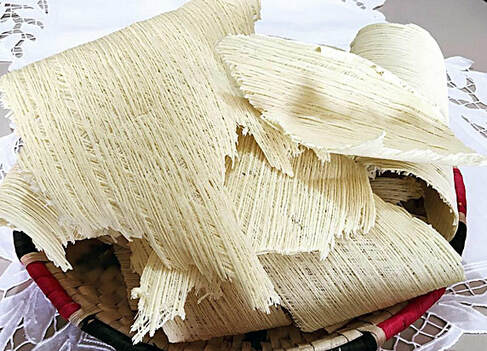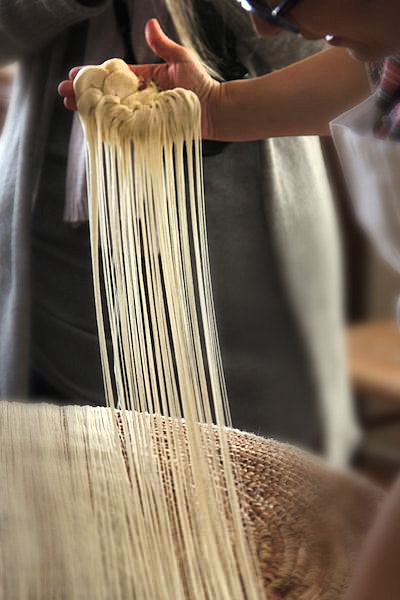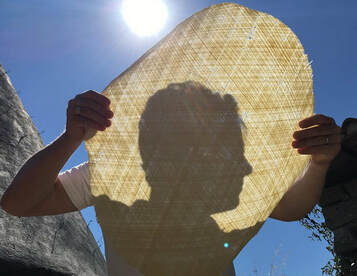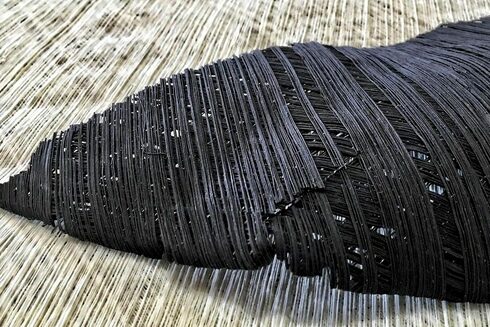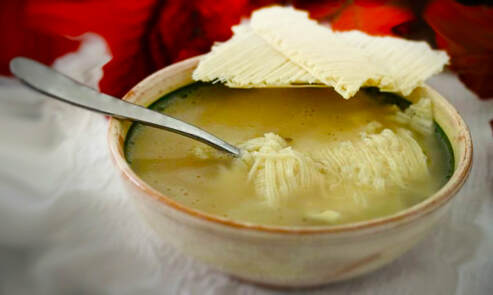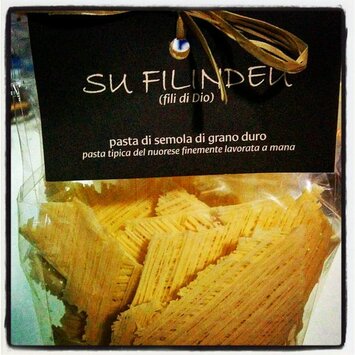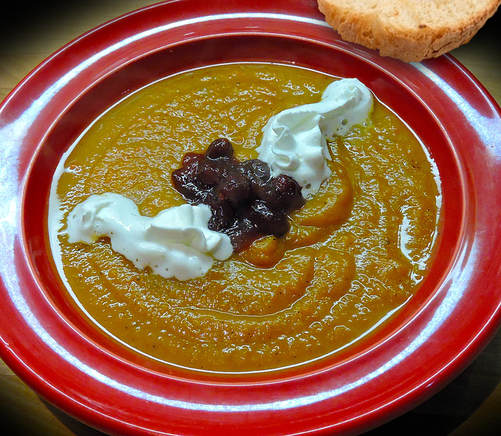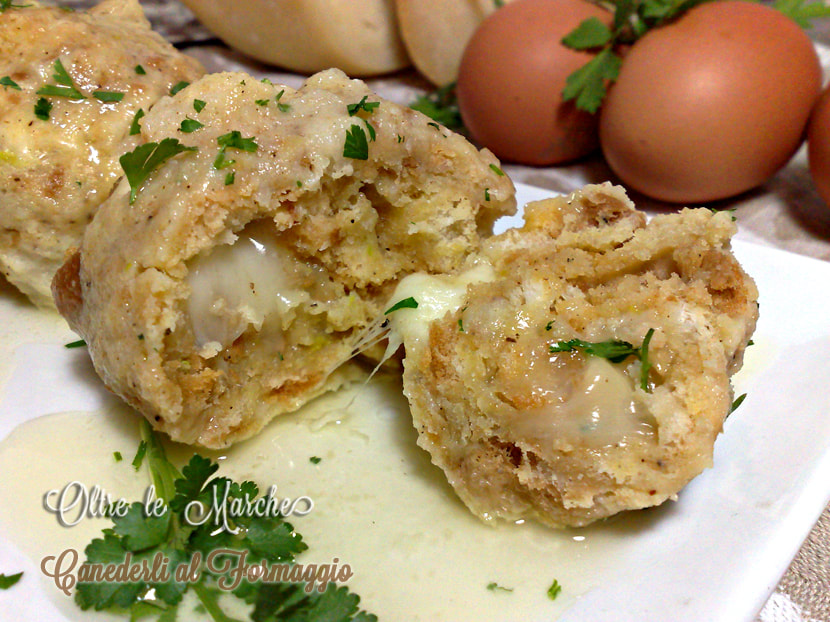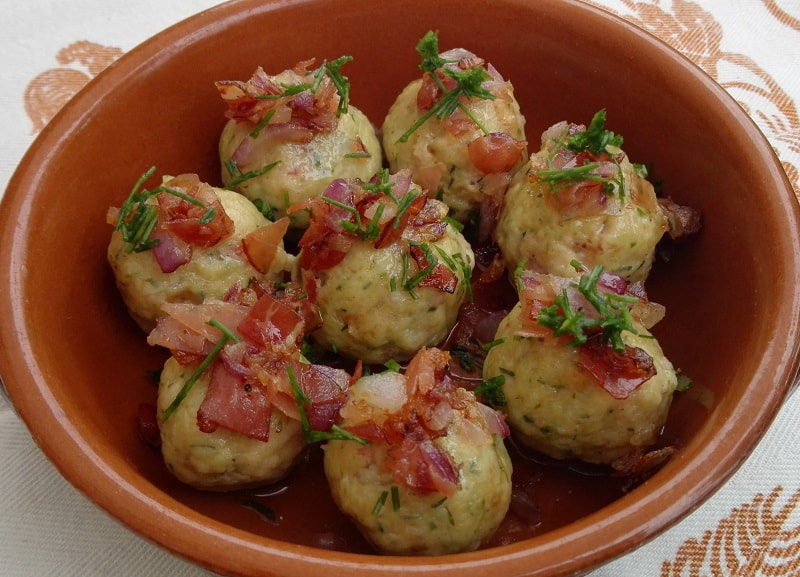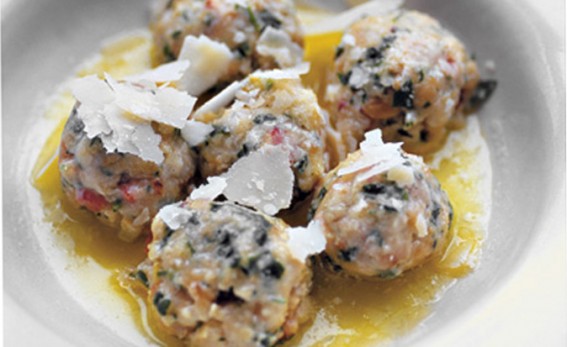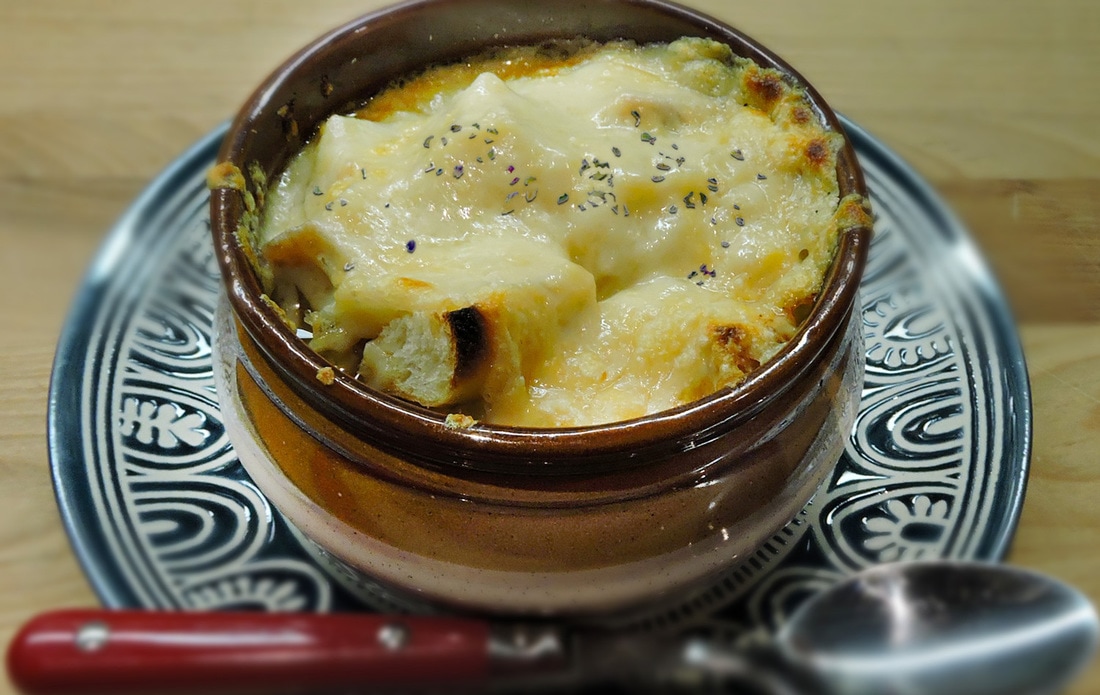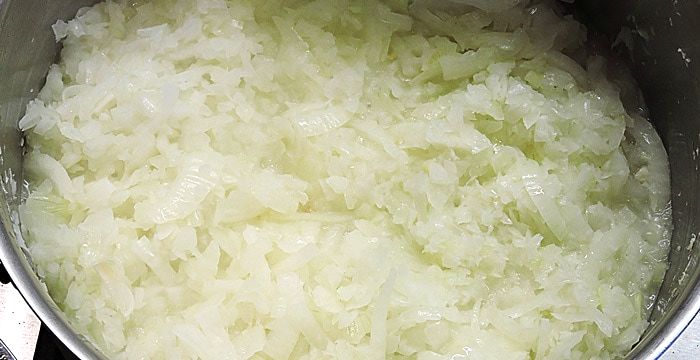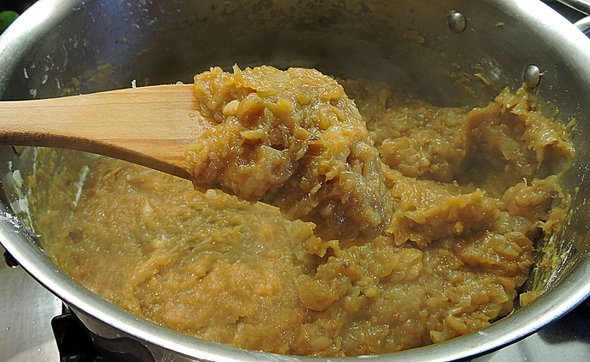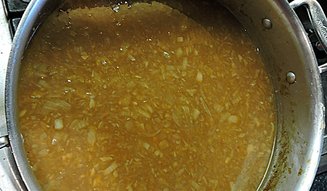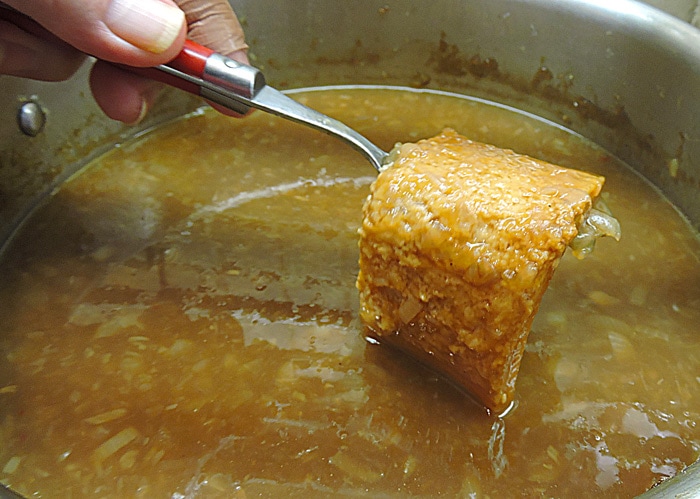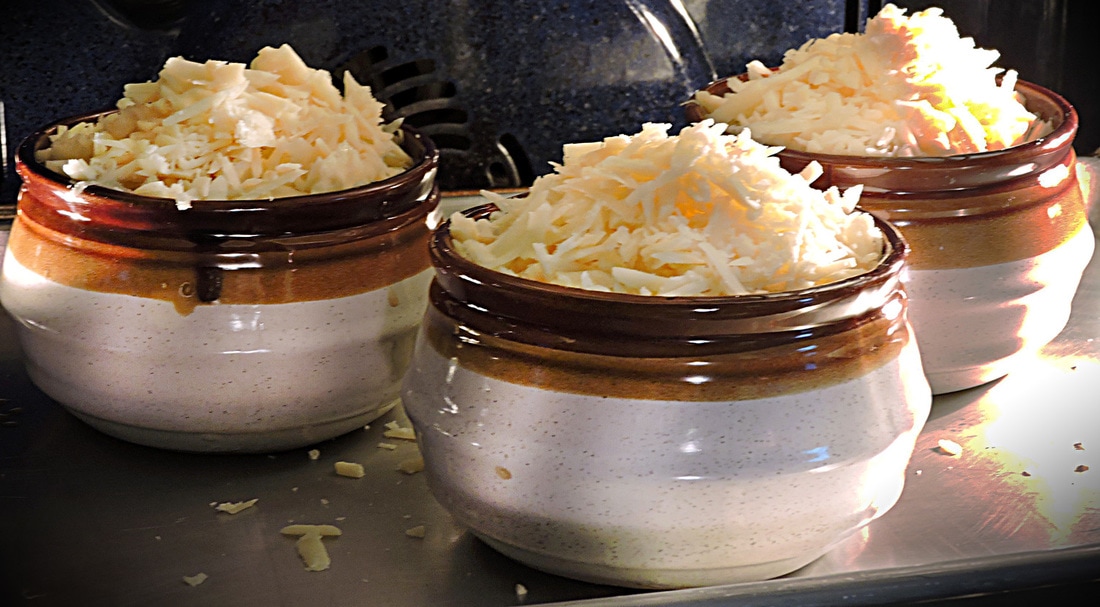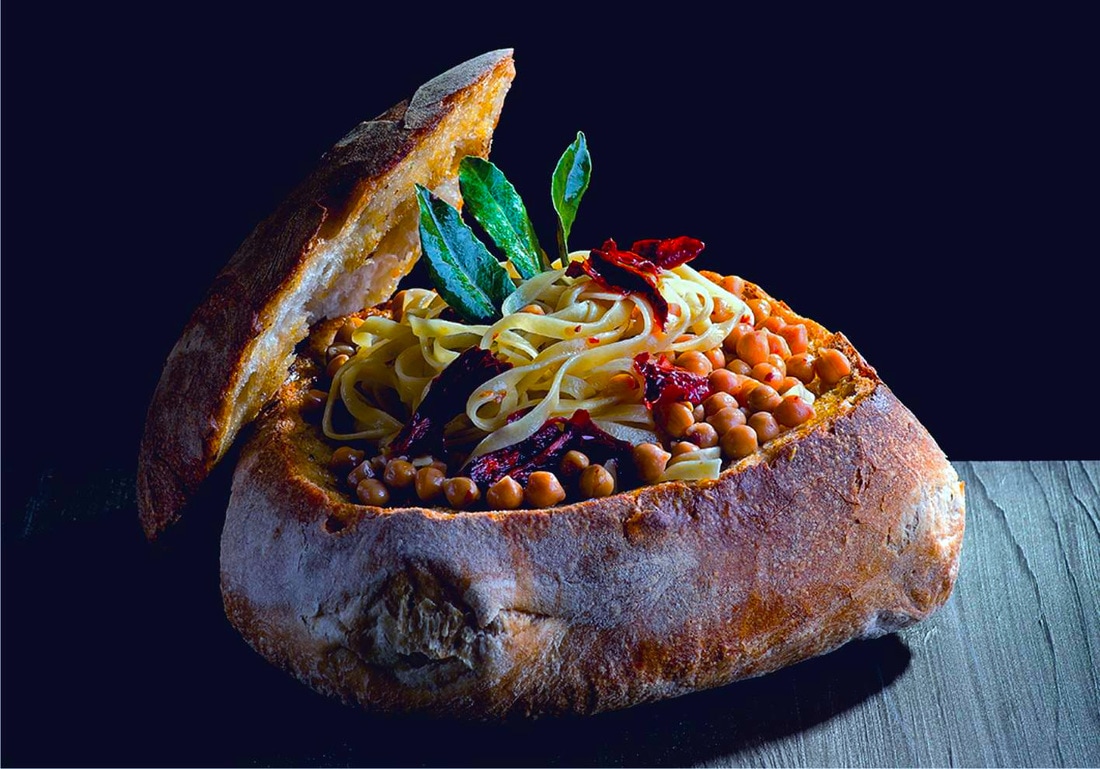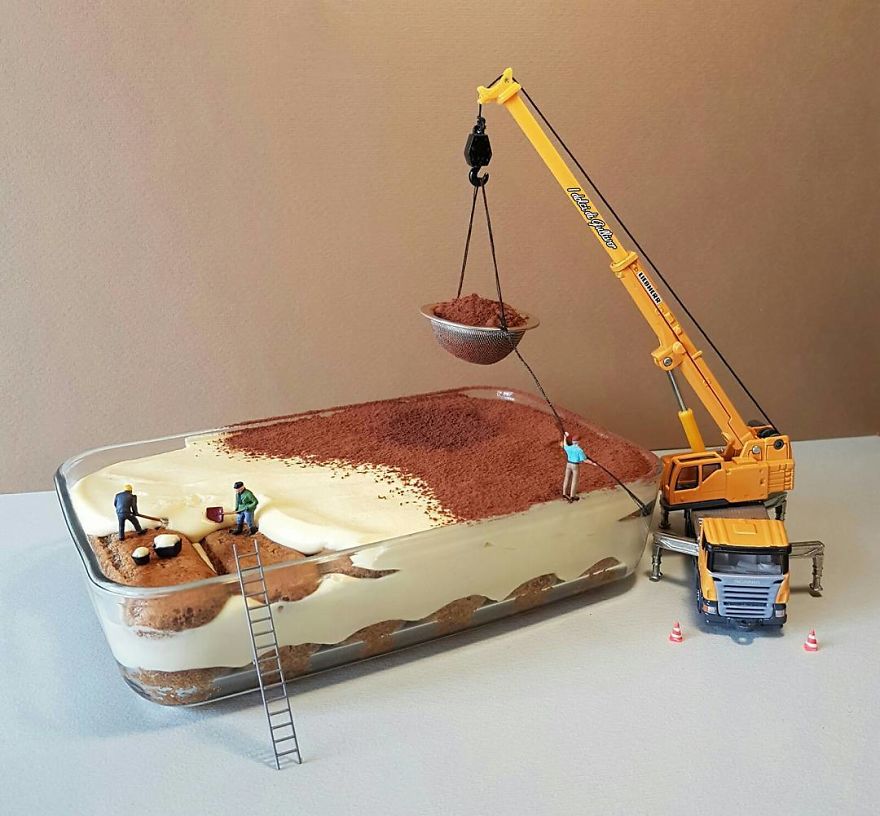|
In the small Sardinian town of Nuoro, there are a very few women (you might count them on one hand) who still know how to make what many say is the rarest type of pasta in Sardinia Italy and perhaps the whole world... Su filindeu (in Sardinian dialect), and in Italian, Fili di Dio, can be translated as either Wires, Yarns or Threads of God. You might think of this pasta as the elevated and rarer version of angel hair pasta. Filindeu is tied to a religious ritual celebrated in the region of Nuoro in the town of Lula. La Festa di San Francesco is held on May 1st at the Chiesa della Solitudine di Nuoro. Oddly, this celebration is tied to a murder in the year 800 AD. Accused of murder and being hunted down for his crime, a young man claimed innocence and took refuge in a cave about 15 miles from Nuoro. He was discovered, brought to trial and miraculously (to him) declared innocent. He had prayed to Saint Francis during his time of refuge in the cave and thus built a shrine in the cave in honor of his patron saint. In autumn on October 4th, there is a second procession to the cave and shrine followed by a celebratory feast of filindeu. The dough to make this special pasta is durum semolina, water and a bit of salt, without leavening. It is then kneaded for a very long time to stretch the gluten, making it very soft with amazing elasticity--the key to making the long strands. The dough is rolled by hand into 8 long, thin snakes, which are folded, halved and pulled, only to be folded and stretched again--32 times in total--resulting in 256 thread-like thin bundles of parallel groups of pasta. These threads are then stretched across a large, flat tray called a fundu, traditionally woven from leaves of the local asphodel plant (a member of the lily family), often used in basket-making. To aide in the stretching, the dough is occasionally dipped in salt water--the timing of this sensed only by the experience of the artisan making the pasta. This process is repeated until a single layer of "threads" cover the entire fundu. the basket is then rotated by about 60° with another layers of pasta "threads" laid down. This is repeated a third time creating three crisscrossed layers of "threads". The tray is placed in the sun to dry causing the three layers to stick together while creating a stiff fabric of pasta looking very much like a course textured cheesecloth. For the feast, the filindeu is broken into pieces and put in boiling mutton broth. Grated pecorino (sheep) cheese is added to complete the soup. I don't know about you, but I've always loved my soup loaded with noodles--perfect for when the cold weather hits. If you're ever in Sardinia, look for packages of filindeu shards. Some have realized that this is a real Sardinian treasure and are trying to expand the availability of this pasta. Sadly, this unique pasta technique is in danger of becoming extinct. For example, Only one of Paula Abraini’s two daughters knows basic technique but seem uninterested in continuing the tradition. Abraini also has no granddaughters to pass he skills along to. The two other women in Abraini’s family who still carry on the tradition are both in their 50s and also have no successors to this tradition. Paula Abriani was so concerned about the techniques of making su filindeu disappearing, that she went to the local government to see if there was some money to open a school. There wasn't. Then she tried to teach young locals to make it in her home--they got discouraged with its complexity and gave up. Luckily, she was invited to Rome by the gourmet magazine Gambero Rosso so they could film her techniques for posterity. She has also started making filindeu for several restaurants who serve her amazing pasta to clients from around the world. The preservation of her tradition is looking a bit brighter! If you're traveling to Nuoro, search out the women who still make this pasta for a lesson on how it's done. They have learned the skill from their mothers who learned it from their mothers and so on, going back three hundred years. Ask, plead or beg for a lesson from either Paola Abraini, Salvatora Pisano or Grazia Selis. If you're lucky enough to get a little lesson from them, don't forget to say "thank you" in Sarda, the Sardinian dialect... grazie meda! And give them a solemn promise that you will pass along their skills. --Jerry Finzi You might also be interested in...
How to Cook Pasta: 101 Map of Regional Pasta Everything You Ever Wanted to Know about Pasta Sexy Pasta Shapes! The LIGHT Way to Make Potato Gnocchi Canederli: The Italian Matzo Ball Does Adding Water to a Pasta Sauce Make a Difference? Making Fresh Pasta: A Family Tradition Test Driving the Kitchenaid Pasta Extruder Spaghetti the Grows on Trees? 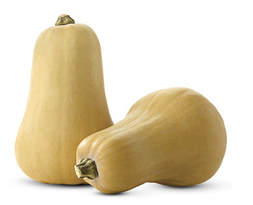 One of our favorite soups during the Christmas season or anytime during winter is Roasted Butternut Squash Soup. Although you can make this simply by cutting up the squash into cubes and adding them directly to your other ingredients, additional depth of flavor is gained by roasting halved Butternut squash in the oven before adding to the soup. This can also be made using smaller Acorn squash which has a similar taste and texture. Ingredients 2 butternut squash (or one very large one), halved with seeds scooped out and discarded. 3-4 large carrots, diced (they add texture and sweetness). 1 large sweet onion, diced (Vidalia is best) 1 tablespoon sugar 3 tbsp. extra-virgin olive oil 1 tablespoon sea salt 40 cracks of freshly ground pepper (or 1 teaspoon) 1 tablespoon dried thyme 1/4 teaspoon nutmeg 1/4 teaspoon allspice 32 ounces chicken broth Plus, additional water or cream as needed to adjust creaminess For the Garnish 2 cups fresh cranberries (You can also use canned, whole cranberries as your garnish) 1/4 cup sugar 1/4 teaspoon allspice 1 teaspoon lemon juice 1 pint of heavy cream (for whipping) 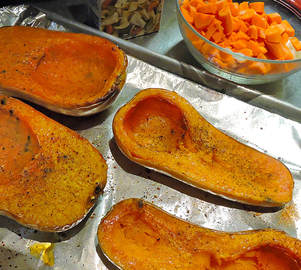 Directions
Serve with some crusty, heated bread and a glass of Prosecco. Buon appetito! --Jerry Finzi Copyright Grand Voyage Italy, 2018 - All Rights Reserved
Well... Almost. Canederli are bread dumplings found in the north-east of Italy (Trentino-Alto Adige, Friuli, and part of the Veneto), typically served in beef broth, dry or with a sauce. They are made using stale bread, milk, onions, parsley, eggs and a little flour. Often they are stuffed with speck (a smoked prosciutto), cheese, mushrooms or pancetta. You can also serve them as a side with sausages. Canederli with Speck
Ingredients 1/2 pound of stale bread 2 eggs, beaten 6 ounces diced Speck 1 medium onion, diced 6 cups milk fresh parsley 4 tablespoons butter, softened 1 tablespoon flour pinch nutmeg Pinch salt Instructions
We've been making authentic French Onion Soup for many years, mostly using Julia Child's techniques and ingredients. The last few years, I discovered that I preferred using a sharp Provolone cheese in place of the usual Gruyere, putting a slight Italian touch on the dish. But this year, I though I'd see just how Italian I could go, making our Zuppa di Cipolle Italiano. So first, instead of any type of onion, I thought I'd use my favorite sweet onion... Vidalia. It sounds Italian, doesn't it? I know, I know, the name isn't Italian--they are named after a town in Georgia, but they are very sweet. I thought I'd also swap out the Vermouth for Italian sweet Marsala wine. The two have very similar flavor profiles. I usually use a Cognac like in the original Child recipe, but this time I'd use Grappa. Pepperoncino (red pepper flakes) would add a bit of heat in the soup itself, and for the cheese, I would use creamy Italian Fontina... a sprinkle of Oregano to top it off. I always hated the way most restaurants put one large, crusty-edged, crock-filling slab of bread on top of the soup, and then melt the cheese on top of that. First, it's nearly impossible--using a spoon--to cut a small piece of bread from the crusty, toasted slab. Secondly, the cheese often melted into a solid mat on top of the bread, often coming up in a thick sheet when you're trying to get just a small amount on your spoon. I've eaten French Onion Soup (they just call it "Onion Soup") in France where the cheese was grated and melted down into the soup, forming creamy strands of cheese that mixed with every spoonful. For the bread, I wouldn't use French baguettes slabs, but cubes of ciabatta. In this way, each and every spoonful gets some soup and a piece of bread, with the added bonus of the cheese melting down into the soup and becoming part of it. If you gently push the bread cubes down into the soup before putting the shredded Fontina on top, you'll get a texture similar to some of the bread soups alla povera (peasant style) I've had in Italy. The other thing I changed was the texture and cut of the onions themselves. I've had some versions where the onions were cut so thick and in such long strands that they attempt to choke you as you swallow--especially if they weren't property caramelized. So, my method is taking half of the onions and cutting them into a dice, with the second half cut in quarter-circles, so the strands are much shorter. In this way, you still have a decent texture, but with the diced onions permeating every part of the soup.  Ingredients 8 cups onions (about 3 pounds), half diced/half quarter-julienne 2 tablespoons butter 2 tablespoons Extra Virgin Olive Oil 1/2 teaspoon salt 2 tablespoons sugar (to help with caramelizing the onions) 1 teaspoon pepperoncino (red pepper flakes) 2 tablespoons flour 64 ounces (8 cups) beef stock (2 cups should be hot) 4 tablespoons Cognac, Brandy or Grappa 1-1/2 cups sweet Marsala wine (the real wine, NOT a "cooking Marsala") 1 leftover rind of Parmigiano Reggiano (or cut the rind from a new wedge) Salt and fresh ground black pepper at the end to adjust the finished flavor 1 loaf of Ciabatta bread, cubed as need Fontina (we used Bel Gioioso brand, or Fontina Val d'Aosta if you can find some) Oregano for dusting the finished soup
When the soup is finished, taste it and adjust for salt and ground black pepper. I added only about 1 teaspoon of sea salt to mine, but it depends on if the stock was salty or not. Trust your palette. In the end, I think I added about 20 cracks of black pepper. 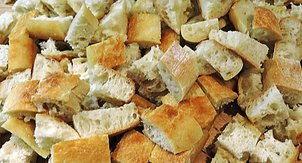 Ready to Serve
There you have it. The taste is luscious, rustic, hearty, sweet and definitely more Italiano than French. I hope you enjoy my Zuppa di Cipolle Italiano... Let me know how yours turned out... Boun Appetito! --Jerry Finzi Copyright 2017, Jerry Finzi/Grand Voyage Italy - All Rights Reserved
|
Archives
July 2023
Categories
All
|

